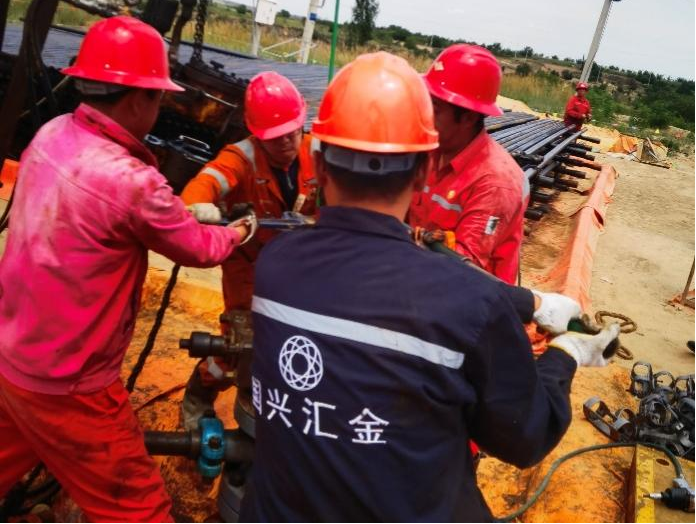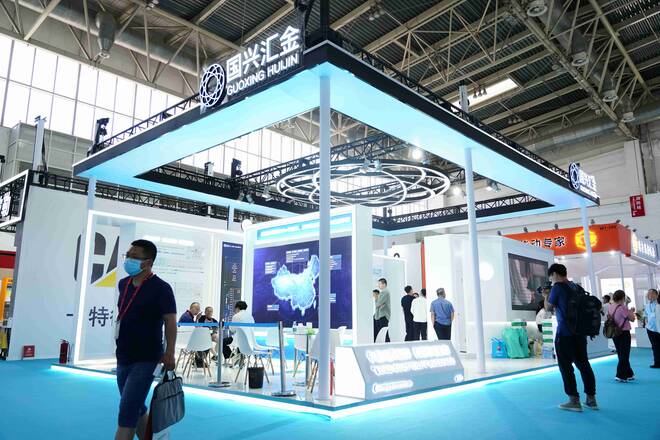
The target well is a horizontal production well designed with a two-section drilling scheme. The kickoff point is at a depth of 1,984 m, the landing point is at 2,672.5 m, and the total depth is 3,211 m. The well is located in a shallow-water delta front subfacies deposit with an average porosity of 9.6% and an average permeability of 0.25 mD, characteristic of a typical lithologic reservoir. The reservoir has no edge or bottom water, with a weak elastic solution gas drive as the original drive mechanism.
The well underwent reservoir stimulation using hydraulic jetting with annular sand-packed multi-cluster fracturing, followed by production with a beam pump. Two years after production began, the water cut rose rapidly, surpassing 92%. This was accompanied by a rising dynamic fluid level and a decline in daily liquid production, indicating localized water flooding in the well.
A semi-permanent monitoring system was deployed, including fiber optic cables and downhole tools, to the target intervals of the well. Distributed fiber optic sensing data were recorded under various operating conditions. Based on this, the distributed fiber optic data were analyzed to accurately delineate the production profile of the well, identifying the characteristics of fluid production distribution in the multi-stage fractured horizontal section.The results revealed that the production profile was uneven, with oil production concentrated in the toe and middle sections of the horizontal well. The primary water-producing zones were located at the 1st and 2nd jetting points of the 7th fracturing stage, which accounted for 80.5% of the total water production in the well.
The distributed fiber optic sensing analysis identified the output distribution characteristics of each fracturing stage and jetting point, precisely locating the water-producing intervals. The water is likely sourced from nearby water injection wells or relatively shallow formation water. It is recommended to adjust the injection-production ratio and implement targeted water control measures for the water-producing intervals to unlock the remaining production potential of the well.

